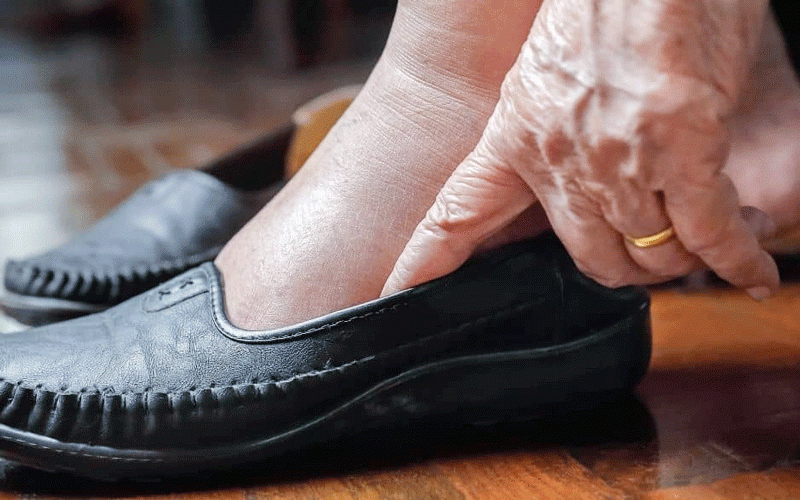
The biggest study of its kind in the world has classified the most common cancer into 10 separate types.
The finding brings doctors closer to the holy grail of tailoring treatments to individual women. The rewriting of the rule book on breast cancer could also lead to new drugs and better diagnostic tests.
Dr Julia Wilson, of Breakthrough Breast Cancer, said: “This is incredibly exciting research which has the potential to change the face of breast cancer; from how we diagnose and treat it, to how we follow it up afterwards.”
However, the need for more research means it will be three to five years before women with breast cancer can start widely reaping the benefits of the shake-up in treatment.
Despite great strides being made in breast cancer in recent years, the disease is still one of Britain’s biggest killers, claiming the lives of almost 1 000 women a month. And, with almost 50 000 new cases a year, it is the country’s most common cancer.
When a woman is diagnosed, her tumour is classified into one of four types, simply by looking at tissue from it down a microscope. This provides a guide as to how long a woman is likely to survive and which drugs will be effective.
But the system is far from infallible, with some treatments failing unexpectedly and other women surprising doctors by beating a supposedly extra hard-to-treat tumour.
The latest study, detailed in the prestigious journal Nature and funded by Cancer Research UK, helps explain why.
- Chamisa under fire over US$120K donation
- Mavhunga puts DeMbare into Chibuku quarterfinals
- Pension funds bet on Cabora Bassa oilfields
- Councils defy govt fire tender directive
Keep Reading
The painstaking analysis of the genetics of 2 000 tumours, including many from women in London, Cambridge and Nottingham, has revealed there to be 10 sub-types of the disease. Each tumour within a particular group shares similar genes and different women with the same type have similar odds of survival.
The “exquisitely detailed” analysis also revealed several new genes that drive the growth and spread of the disease. This opens the door for the development of drugs that counter their effects. —Mailonline











